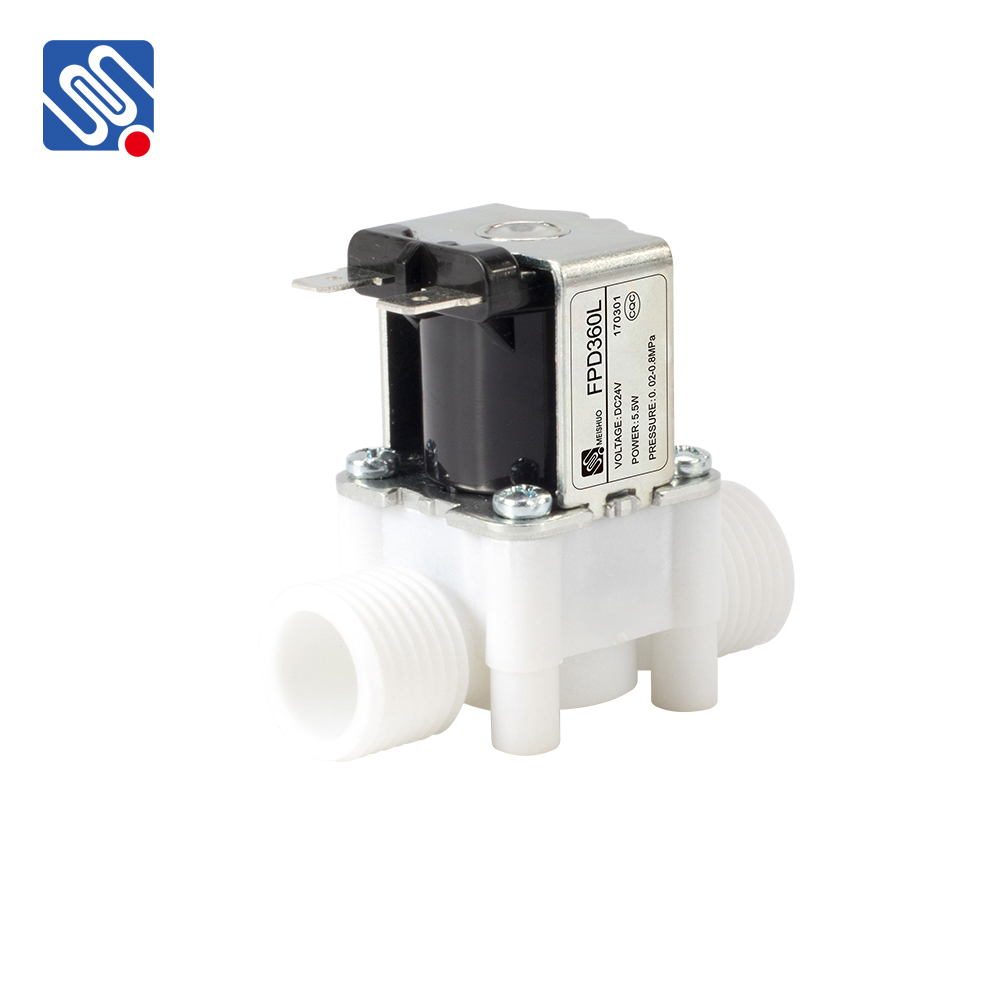Plastic Water Solenoid Valves are essential components in various industrial and domestic systems, allowing for precise control over water flow. These valves operate using an electromagnetic solenoid to either open or close a valve, depending on the electrical signal received. Their durability, ease of use, and cost-effectiveness make them a popular choice in systems that require frequent or automated water flow regulation. This article explores the key features, benefits, and common applications of Plastic Water Solenoid Valves.

What is a Plastic Water Solenoid Valve? A Plastic Water Solenoid Valve is an electromechanical device that uses an electric current to control the opening or closing of a valve. The solenoid, a coil of wire, generates a magnetic field when an electric current flows through it. This magnetic field activates the valve, typically either pushing or pulling a plunger that controls the flow of water. The primary advantage of a plastic body is its resistance to corrosion and chemicals, making it ideal for systems that handle aggressive or mildly corrosive substances. Plastic solenoid valves are typically used for low to medium pressure applications and are favored in environments where metal valves may corrode or degrade over time due to exposure to moisture and various chemicals.